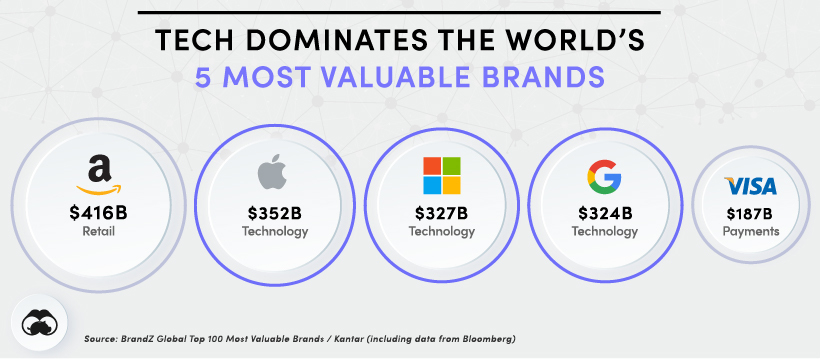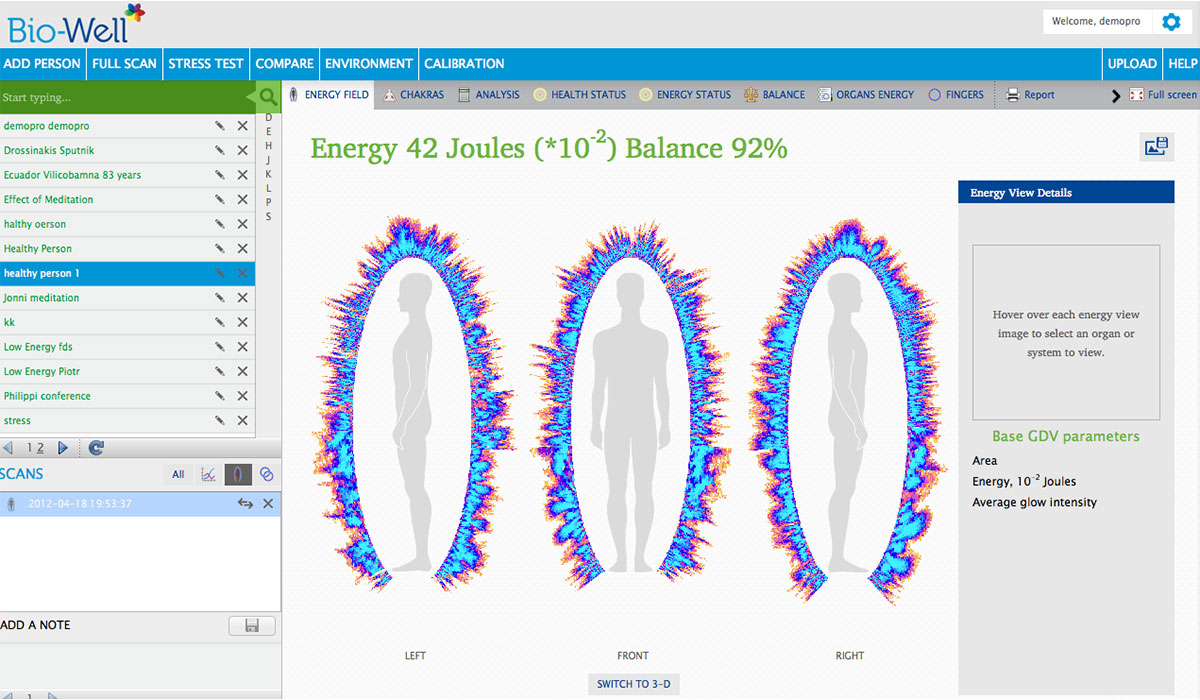Print Technologies: A Journey Through Time
Print technologies have played a pivotal role in shaping our world, from the earliest forms of communication to the modern digital age. This journey through the evolution of print reveals […]
Print technologies have played a pivotal role in shaping our world, from the earliest forms of communication to the modern digital age. This journey through the evolution of print reveals how advancements in printing methods have revolutionized the way we share information, create art, and even manufacture products.
From the intricate woodblock prints of ancient China to the high-speed offset presses of the 20th century, each innovation has pushed the boundaries of what’s possible. Today, we stand at the precipice of a new era with the advent of 3D printing, promising a future where personalized and complex objects can be created on demand.
Print Technology Applications
Print technologies have evolved beyond traditional printing methods, encompassing a wide range of applications across various industries. These technologies are not just about producing physical copies but are instrumental in shaping our interactions with the printed world.
Applications in Publishing
Print technologies play a pivotal role in the publishing industry, from creating books and magazines to producing educational materials and promotional leaflets. Digital printing has revolutionized the publishing landscape, allowing for on-demand printing, shorter print runs, and personalized content.
Applications in Packaging, Print technologies
Print technologies are essential for creating eye-catching and informative packaging that attracts consumers. From simple labels to intricate box designs, print technologies allow brands to showcase their products and convey essential information.
Applications in Advertising
Print advertising remains a powerful tool for reaching target audiences. Print technologies are used to create high-impact posters, flyers, brochures, and other marketing materials. Digital printing enables targeted advertising campaigns, allowing businesses to customize messages and reach specific demographics.
Applications in Textiles
Print technologies are transforming the textile industry, enabling the creation of personalized clothing, custom fabrics, and innovative textile designs. Digital printing allows for intricate patterns, vibrant colors, and unique textures, opening up new possibilities for fashion and home décor.
Applications in Personalized Marketing
Print technologies are increasingly used for personalized marketing campaigns, allowing businesses to tailor messages and offers to individual customers. Digital printing enables the creation of customized brochures, postcards, and other marketing materials that resonate with specific demographics.
Applications in Customized Product Creation
Print technologies are facilitating the creation of customized products, allowing consumers to personalize items like clothing, mugs, and phone cases. This trend empowers consumers to express their individuality and create unique products that reflect their personal preferences.
Future of Print Technologies
The world of printing is constantly evolving, driven by technological advancements and changing consumer demands. The future of print technologies promises exciting innovations that will redefine how we create, interact with, and experience printed materials.
Emerging Materials and Printing Processes
The emergence of new materials and innovative printing processes is driving significant changes in the printing industry. These advancements are expanding the possibilities of what can be printed and the applications for printed materials.
- 3D Printing: 3D printing, also known as additive manufacturing, has revolutionized the way products are designed and manufactured. This technology builds objects layer by layer from a digital model, using materials like plastics, metals, ceramics, and composites. 3D printing offers unparalleled design freedom and customization, enabling the creation of complex and intricate designs that were previously impossible with traditional manufacturing methods. It is being used in various industries, from healthcare to aerospace, for prototyping, production, and even personalized medicine. Examples include the creation of custom prosthetics, personalized medical devices, and complex architectural models.
- Bioprinting: Bioprinting is a revolutionary technology that uses 3D printing techniques to create living tissues and organs. This technology holds immense potential for regenerative medicine, drug discovery, and tissue engineering. Bioprinters use biocompatible materials, such as cells, bioinks, and hydrogels, to create 3D structures that mimic the complexity of living tissues. These printed tissues can be used for research, drug testing, and ultimately, to create replacement organs for patients in need. For example, bioprinting is being explored to create functional skin grafts for burn victims, to grow new blood vessels for patients with heart disease, and to develop personalized cancer therapies.
- Nanotechnology: Nanotechnology involves manipulating matter at the atomic and molecular level. In the printing industry, nanotechnology is being used to create inks and coatings with enhanced properties, such as increased durability, water resistance, and conductivity. For example, nano-inks can be used to create printed electronics, flexible displays, and self-cleaning surfaces. These advancements are paving the way for the development of new products with enhanced functionality and performance.
- Flexible Electronics: Flexible electronics are printed circuits and devices that can be bent, folded, and stretched without compromising their functionality. This technology is enabled by the use of conductive inks and flexible substrates, such as plastic and paper. Flexible electronics are finding applications in wearable technology, smart packaging, and even medical devices. For example, printed sensors can be integrated into clothing to monitor vital signs, and flexible displays can be used to create interactive packaging that provides product information or even allows consumers to order products directly from the packaging.
Epilogue
The future of print technologies is bright, promising even more innovative solutions for communication, design, and manufacturing. As we continue to explore the possibilities of digital printing, personalized creation, and sustainable practices, the impact of print on our world will only continue to grow.
Print technologies have come a long way, from the humble printing press to sophisticated digital printing methods. But sometimes, the most innovative advancements come from unexpected places. Take, for example, the advancements in gloves technology , which are finding applications in fields like manufacturing and healthcare.
These advancements are not only improving the functionality of gloves but also influencing the development of new printing techniques, particularly in the realm of 3D printing.




